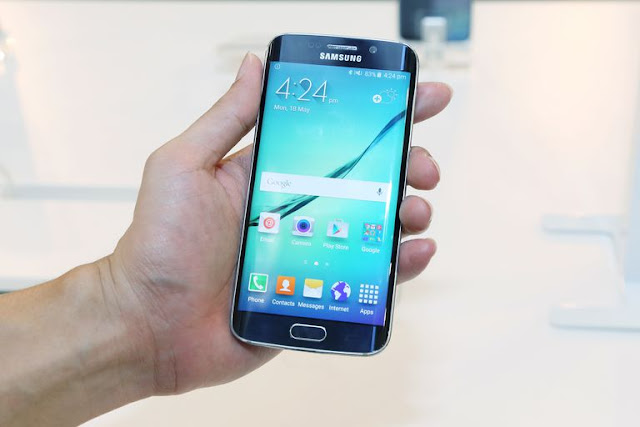
So you have a new Android
Setting up a new Android smartphone used to be tedious and labor intensive, but if you have Android 5.0 Lollipop or later, there are ways to avoid manually downloading your favorite apps one at a time or building your contact list all over again.
Note: The information included here should apply no matter who made your Android phone: Samsung, Google, Huawei, Xiaomi, etc.
When you power up your new smartphone, the welcome screen will prompt to install a SIM card if you haven't already. The SIM card slot can be popped out of the side, top, or bottom of your phone (each model is different) using a small tool or the end of a paper clip. Pop the card in and slide it back into the phone. If it's a new SIM card, you might have to input a pin number, which is on the packaging. Check your phone's manual if you have trouble finding the slot or inserting the SIM card.
Next, choose your language from a dropdown list, and then optionally connect to Wi-Fi. Finally, decide how you want to get your contacts, apps, and other data onto the new device. The options are:
- Restore a backup.
- Set up as new.

The second option means you have to start from scratch, which makes sense if you're setting up your first smartphone, or you just want a clean start.
- You can restore a backup from:
- An Android device.
- Your Google account.
- An iPhone or iPad.
If you're migrating data from an Android or iOS device that has built-in NFC (near field communication), you can use a feature called Tap & Go, discussed below. Otherwise, you can pull in data from a backup by logging into your Google account.
Google Pixel owners have yet another alternative, using an included quick switch adaptor. Just connect the new and old devices, choose what you'd like to transfer, and you're ready to go. You can plug in the adapter to devices running at least Android 5.0 Lollipop or iOS 8.
Android Tap & Go
All that's required to use Tap & Go is that your new phone runs Lollipop or later and that your old phone has built-in NFC, which came to Android phones in 2010. To use Tap & Go:
Enable NFC on both devices.
- Tap the backs of the devices together
- Wait as your data copies over to the new device.
- Continue the setup process, as outlined below.
Note that if you decide you want to use Tap & Go after using a different method, you can access it by resetting the new device. Tap & Go moves your Google accounts, apps, contacts, and other data.
Restore From a Backup
If your old phone doesn't have NFC, you can instead copy data from any device that is registered and backed up to your Google account? During set-up, if you skip Tap & Go, you can choose the restore option, which enables you to copy data from an old device. You can restore any Android device associated with your Google account.
Start From Scratch
You can also make a fresh start, and install everything your apps manually. If you have synced your contacts with your Google account, those will carry over once you sign in. Next, you'll want to set-up wireless and then customize your notifications.
Final Setup
Once your data is on the new phone, you're close to the finish. If you have a non-Pixel smartphone, there may be prompts to sign into a separate account (such as Samsung). Otherwise, the rest of the process is much the same regardless of manufacturer.
- Choose whether to opt into Google services, such as automatic backups, locations services, and sending usage and diagnostic data to the company.
- Set or confirm your time zone. If you bought the phone in the same place you live, it should be accurate.
- Select your unlock method. If you select fingerprint, you'll need to set that up to recognize your digits and choose a backup pattern, pin, or password.
- Choose how you'd like your notifications to appear when the phone is locked. There are three options: show all, hide sensitive content, and don't show notifications.
- Set up Google Assistant, so it recognizes your voice.
After completing the setup, check to see your device is eligible for an OS update and make sure your apps are also up to date.
Should You Root Your New Phone?
Next, you should consider whether you want to root your phone. If you have the OnePlus One, there's no need; it already runs a custom ROM, Cyanogen. Rooting means you can access advanced settings on your phone that are typically blocked by the manufacturer. When you root your phone, you can remove bloatware (unwanted apps installed by your carrier) and download apps that require root access, such as Titanium Backup.

Android Accessories
Now that you have the software covered, it's time to think about the hardware. Do you need a smartphone case? You can protect your smartphone from drops and spills and be stylish at the same time. What about a portable charger? Investing in one means you don't have to worry about being low on battery life when you're on the go, and you can usually use one to charge multiple devices. If your new phone has wireless charging built in, consider buying a wireless charging pad. Some device manufacturers, including Samsung, sell these, as well as many third-party companies. Instead of plugging in, you can just place your phone on the charging pad.

Post a Comment